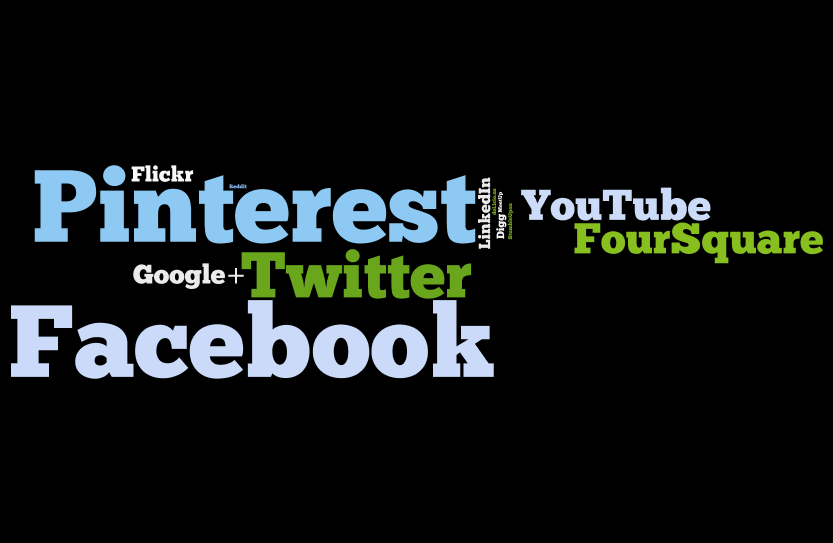Over the past few months, there’s been a very interesting discussion going on over at LinkedIn’s Advertising Professionals Group. The topic under discussion is “What do YOU think is the most powerful medium of advertising?”
We’ve been watching this topic with great interest, and had some great internal discussions about the types of responses. So far, there have been 177 comments posted to this question, but having gone through them all and sifted through the various double-posts and obligatory “earn monthly income in excess of $10000 from home!!!!!!!!” spam posts, we found some very interesting insights. Just to warn you ahead of time, no, you’re not going to find the one single perfect medium to increase your business tenfold over the next year.
We saw that a lot of people jumped on the question immediately and declared that “their” medium (meaning, usually, the one that they typically dealt with the most at their agency) was “the most powerful.” Within a matter of minutes, readers were told that the most powerful medium was:
-
- Electronic media
- Mobile and online
- Mobile (complete with statements like “hands down” and “brand recall rates 20 times that of online…”)
- TV (prefaced by “There is only one answer to your question” and followed by “it is not what I think, it is what I know”)
- Word of Mouth
- Point of Sale
- And probably my favorite answer that just made me laugh, courtesy of group member Chris Corson, “When buying a new car your Dad is your most powerful influence, by far.”
Now, none of this really surprised us, to be sure. As soon as we saw the question pop up in the group, my team and I knew that people were going to jump on this as an opportunity to sell their services to any potential advertisers and clients who might be reading the discussion thread. I, for one, was a little surprised by just how vehement some of the arguments got, as different people attacked other people’s points, as though there really was just one true answer to this question. In extreme cases, some individuals went so far as to bluntly say things like “he is wrong” regarding someone else’s opinion.
Another interesting theme that arose was the sometimes-playful, sometimes-antagonistic relationship between creative shops and media shops. One professional gave a lengthy response regarding how a media plan and buy is put together, mainly in support of his theory that television is the most powerful medium. Shortly thereafter, another professional, this one from a creative shop, retaliated with “A media buying service is useless without a BIG IDEA” – and then in later posts went on to say that the creative idea must come before the media plan, or else “engaging, famous and effective ideas… do not happen.” It was the return of the old chicken-and-the-egg argument of advertising – What comes first? The media plan, or the creative idea?
A third contingent, one of the largest, took the Switzerland route and said that it all depends on things like target audiences and their media consumption habits. Others in this group said that you could find the “right” or “most powerful” medium for your brand by testing, but that you’d have to understand that what you find is “right” for today might not always be “right” in the future.
Lastly, there was a group who perceived the question as a joke – or at least not overly serious, and left comments like “rumor and innuendo” and “sandwich boards.”
Always On Communications did not participate in this particular discussion, mainly because we wanted to be unbiased observers to see where the discussion led. It was interesting to see the variety of responses, but for any potential advertisers out there, I’m not sure that they would have gotten any insights into how to change their media plans.
When it comes down to it, the most powerful medium is one that achieves your marketing goals. Different clients approach advertising different ways. Some are looking to increase awareness of their brands because they are not well-known, while some need to educate consumers on their product benefits. Others need to drive traffic to the stores that sell their product in order to keep their retailers happy, and still others are looking to generate orders via phone calls or website visits. Some clients are big enough that they’re actually trying to do all of these things at once. Each one of these goals would (or at least, should) have a different set of media strategies to accomplish them. There really is no “one size fits all” approach.
Well, except for your dad when you’re buying a new car.
Comments are closed.




